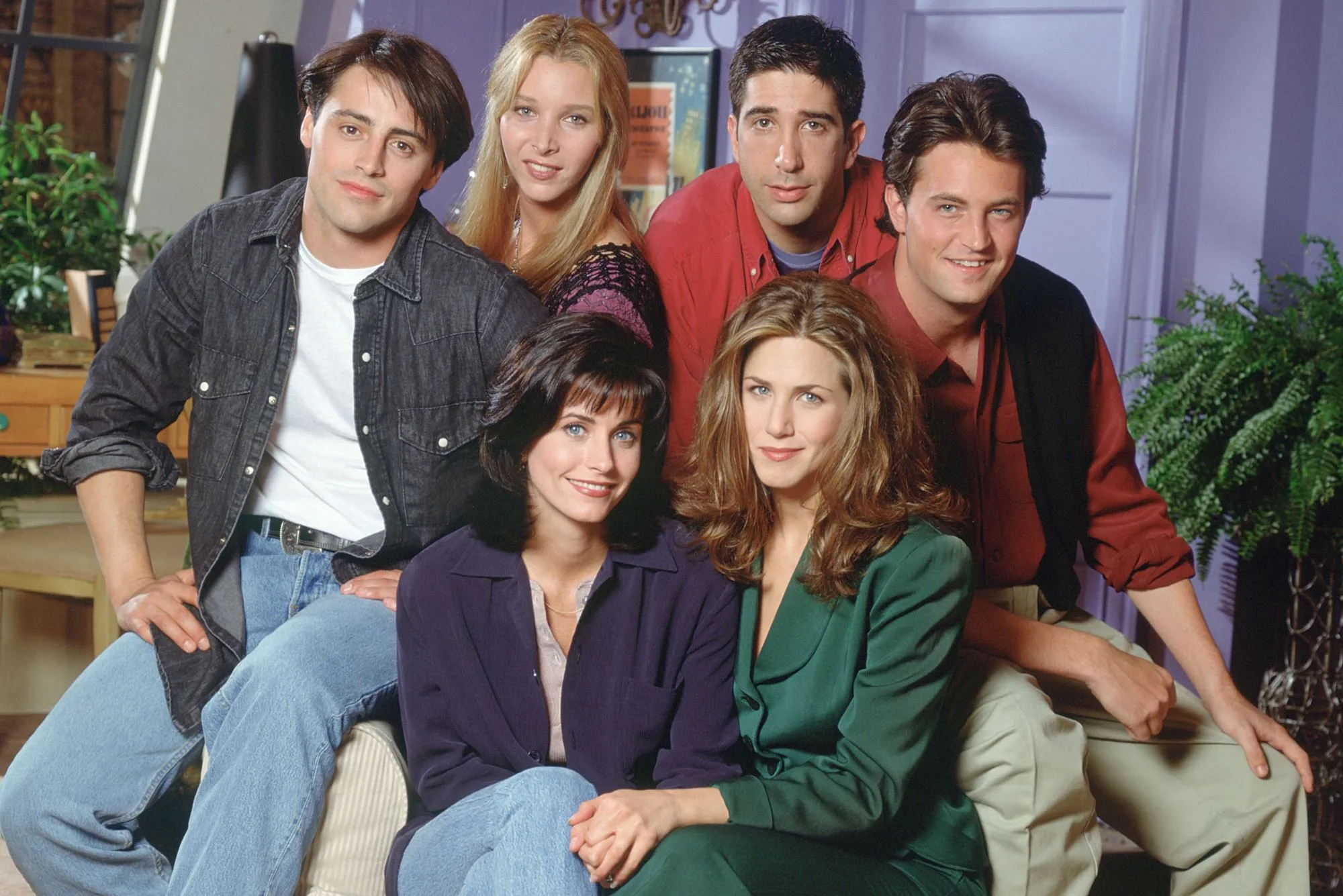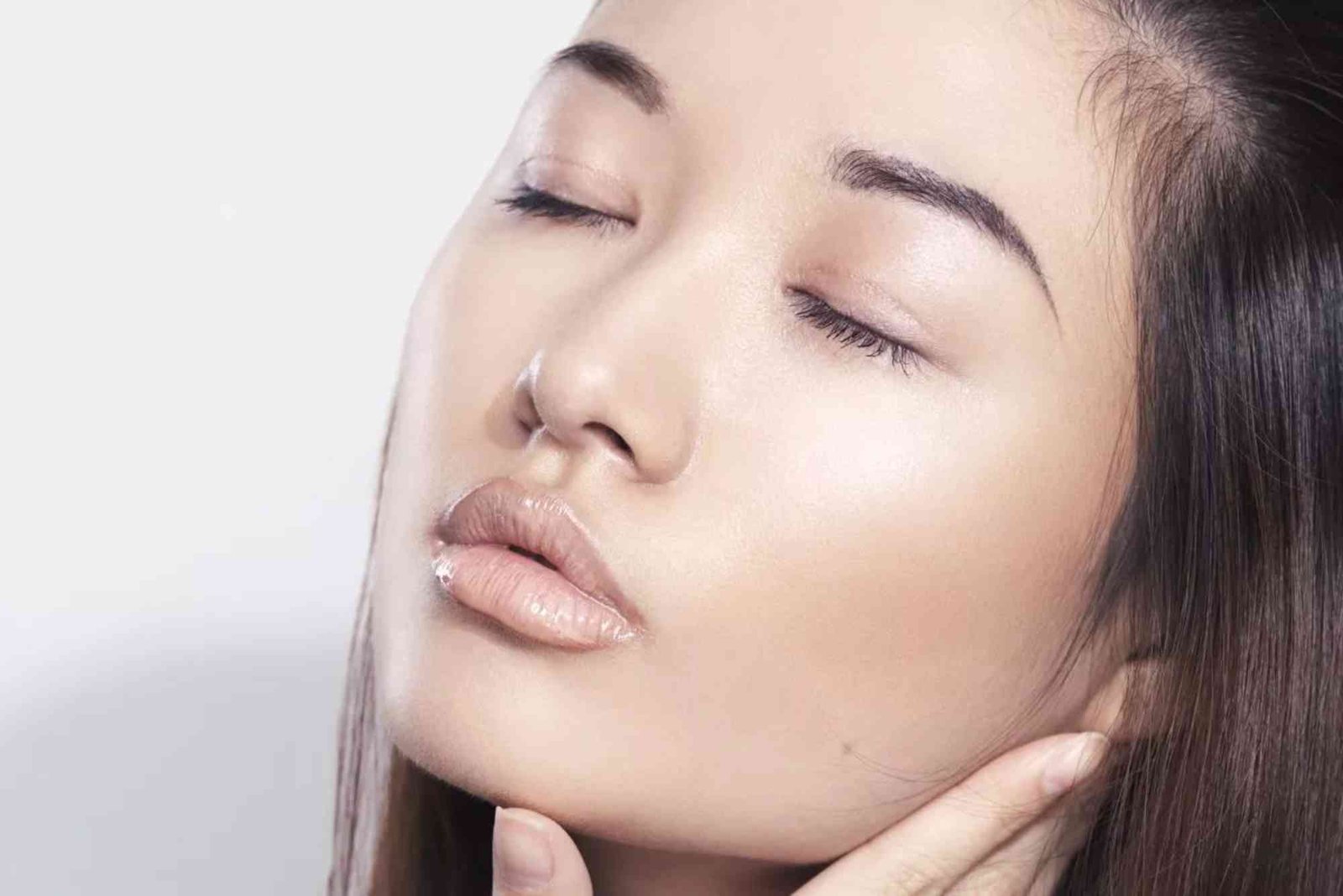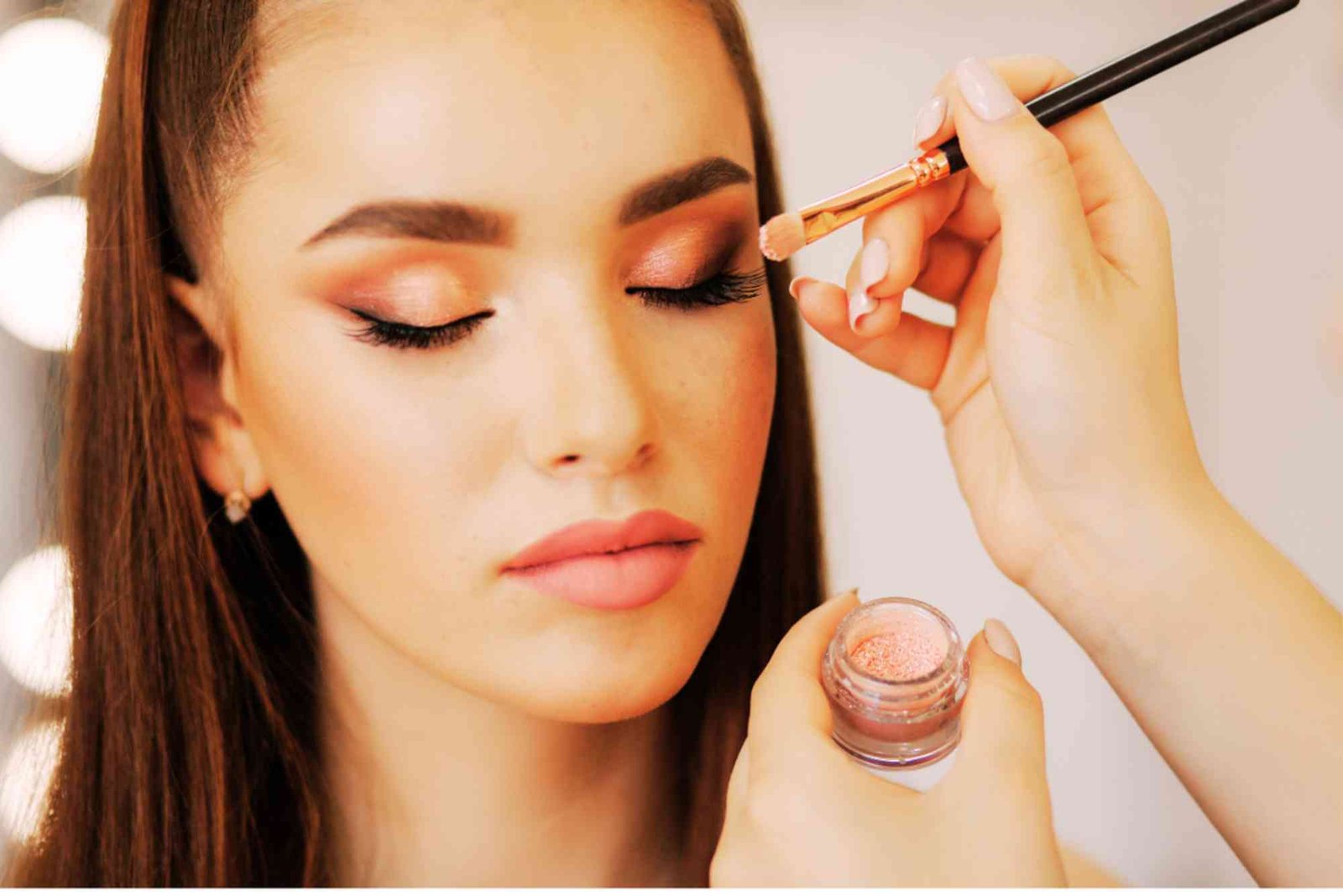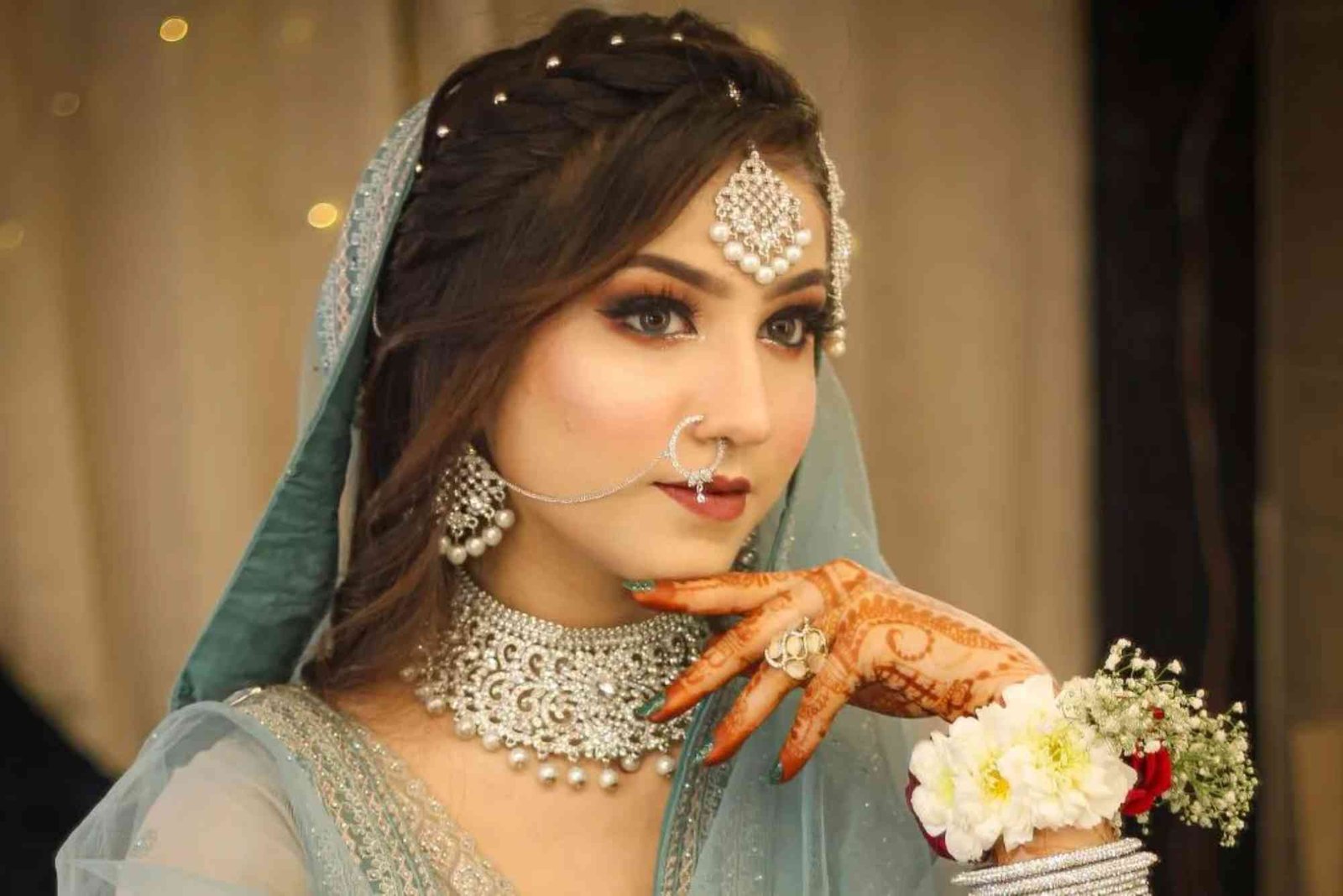Fashion trends from the 1980s and 1990s have not only defined their respective decades but continue to inspire and influence contemporary fashion in profound ways.
These eras were marked by distinctive styles that reflected societal changes, cultural movements, and technological advancements.
Let’s delve deeper into the iconic trends that shaped these decades and explore their lasting impact on fashion and popular culture.
1980s Fashion Trends: Embracing Boldness and Power
The 1980s were characterized by an era of excess, optimism, and flamboyance. Fashion choices reflected the economic boom and technological progress of the time, resulting in bold and extravagant styles that celebrated individualism and wealth.
Clothing: Neon, Power Suits, and Punk Influences
Bold Colors and Patterns
The fashion landscape of the 1980s was awash with neon colors and geometric patterns. These vibrant hues symbolized the energy and confidence of the era, seen in everything from daywear to evening attire.
Whether it was a neon pink blouse paired with electric blue leggings or a geometrically patterned suit, fashion in the 80s was all about making a statement.
Power Dressing
Women in the 1980s embraced power dressing as a means of asserting authority in the workplace. Shoulder pads became synonymous with the corporate look, adding structure and a sense of strength to blazers and dresses.
This trend not only empowered women but also challenged traditional gender norms by blending masculine and feminine elements in fashion.
Punk and New Wave Influences
The rebellious spirit of punk and new wave music influenced fashion trends, particularly among the youth and alternative subcultures.
Leather jackets adorned with studs, safety pins, and patches became emblematic of punk fashion, while ripped jeans and combat boots reflected a nonconformist attitude that rejected mainstream norms.

Accessories: Making a Statement
Big Earrings and Chunky Jewelry
Accessories in the 1980s were bold and extravagant, mirroring the opulence of the decade. Oversized earrings, chunky bracelets, and statement necklaces complemented the bright and eclectic clothing choices, adding a touch of glamour and sophistication to any ensemble.
Fingerless Gloves and Leg Warmers
Practicality met fashion in the form of fingerless gloves and leg warmers. Originally designed for warmth, these accessories became fashion staples thanks to their appearance in music videos and movies, where they were worn as stylish accents to outfits ranging from workout wear to evening gowns.
Sunglasses Styles
Eyewear in the 1980s was as much about fashion as function. Aviator sunglasses and oversized frames became iconic accessories, worn by celebrities and trendsetters alike. These sunglasses not only shielded eyes from the sun but also added a cool and glamorous touch to any look.
1990s Fashion Trends: From Grunge to Minimalism
The 1990s marked a shift towards minimalism, casual comfort, and a rejection of the excesses of the previous decade. Fashion became more subdued and practical, influenced by alternative music scenes, subcultures, and a desire for authenticity.
Clothing: Grunge, Minimalism, and Hip-Hop Influence
Grunge Fashion
Emerging from the underground music scene in Seattle, grunge fashion epitomized anti-establishment and DIY aesthetics. Oversized flannel shirts, ripped jeans, and worn-out band t-shirts became staples of grunge style, reflecting a disdain for mainstream fashion and consumer culture.
Bands like Nirvana and Pearl Jam popularized this look, which resonated with youth seeking authenticity and rebellion.
Minimalism
In contrast to the bold colors and structured silhouettes of the 1980s, the 1990s embraced a minimalist approach to fashion.
Neutral tones such as beige, gray, and white dominated wardrobes, with clean lines and simple designs defining the aesthetic. Oversized and relaxed fits were favored, offering comfort without sacrificing style or self-expression.
Hip-Hop Influence
Hip-hop culture had a profound impact on fashion in the 1990s, influencing everything from streetwear to high fashion.
Baggy jeans, oversized hoodies, and athletic sneakers became mainstream fashion choices, reflecting the cultural influence of artists like Tupac Shakur and The Notorious B.I.G. Hip-hop fashion celebrated individuality, self-expression, and cultural identity, setting trends that continue to resonate in urban fashion today.
Accessories: Urban Edge and Subtle Statements
Chokers and Snapback Hats
Accessories in the 1990s reflected the diverse influences of grunge, hip-hop, and streetwear cultures. Chokers made a comeback from the 1980s, worn as a symbol of rebellion and individuality.
Snapback hats, often worn backwards or sideways, became popularized by hip-hop artists and added a casual yet edgy element to street style.
Backpacks and Messenger Bags
Practicality met style with the rise of backpacks and messenger bags in the 1990s. These accessories were essential for carrying books, gadgets, and personal belongings, reflecting a shift towards functional fashion that catered to the needs of a mobile and connected generation.
Footwear Trends
Footwear choices in the 1990s were diverse and reflective of individual style preferences. Platform shoes experienced a resurgence from the 1970s, offering height and a bold fashion statement.
Iconic brands like Doc Martens gained popularity for their durability, comfort, and rebellious aesthetic, becoming synonymous with counterculture and alternative fashion.
Evolution of Fashion Post-90s: Revival and Reinvention
The influence of 80’s and 90’s fashion trends extends well beyond their respective decades, continuing to inspire designers, influencers, and consumers in the 21st century.
These retro styles have experienced periodic revivals and reinterpretations, reaffirming their enduring relevance and cultural significance in contemporary fashion.
Contemporary Interpretations and Nostalgic Revivals
Revivals in the 2000s and 2010s
Fashion trends from the 80s and 90s have experienced periodic revivals in the early 2000s and 2010s. Designers and brands have revisited iconic elements such as neon colors, power suits, and grunge-inspired clothing, offering modern interpretations that appeal to a new generation of fashion enthusiasts.

Influence on High Fashion
Retro aesthetics from the 80s and 90s have influenced high fashion runways, bridging the gap between nostalgia and innovation.
Designers have incorporated vintage-inspired elements into their collections, demonstrating the enduring appeal and adaptability of classic fashion trends.
Cultural and Creative Impact
Fashion Icons and Influencers
Icons and celebrities from the 80s and 90s continue to inspire contemporary fashion trends and influence popular culture.
From Madonna’s bold fashion statements to the iconic looks of supermodels like Cindy Crawford and Naomi Campbell, these figures have left an indelible mark on global fashion.
Media Representation
Movies, music videos, and television shows from the 80s and 90s have immortalized fashion trends, cementing their place in cultural history.
Visual storytelling through media continues to celebrate and reference the distinctive styles of these eras, inspiring new generations to embrace retro fashion with a modern twist.
Celebrating Timeless Style
The fashion trends of the 1980s and 1990s remain integral to our understanding of style evolution and cultural expression.
Their impact transcends generational boundaries, influencing how we dress and perceive fashion in the modern era.
As we continue to explore and reinterpret the legacies of these iconic decades, we celebrate their enduring relevance and timeless appeal.
By embracing the nostalgia and innovation of past fashion movements, we honor their contribution to the ever-evolving landscape of global style.




